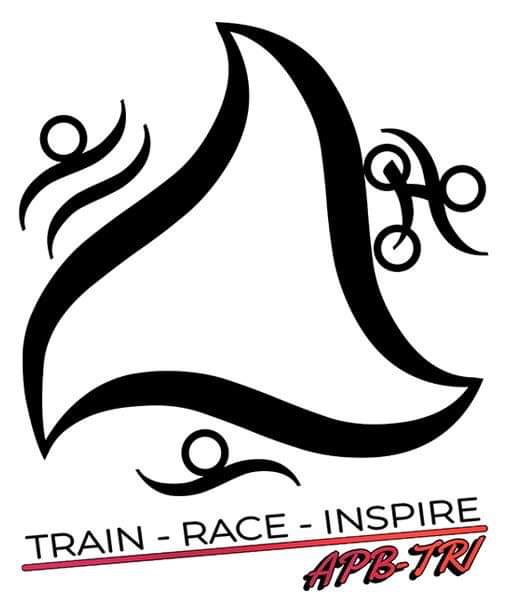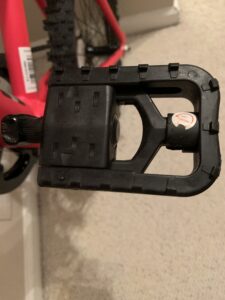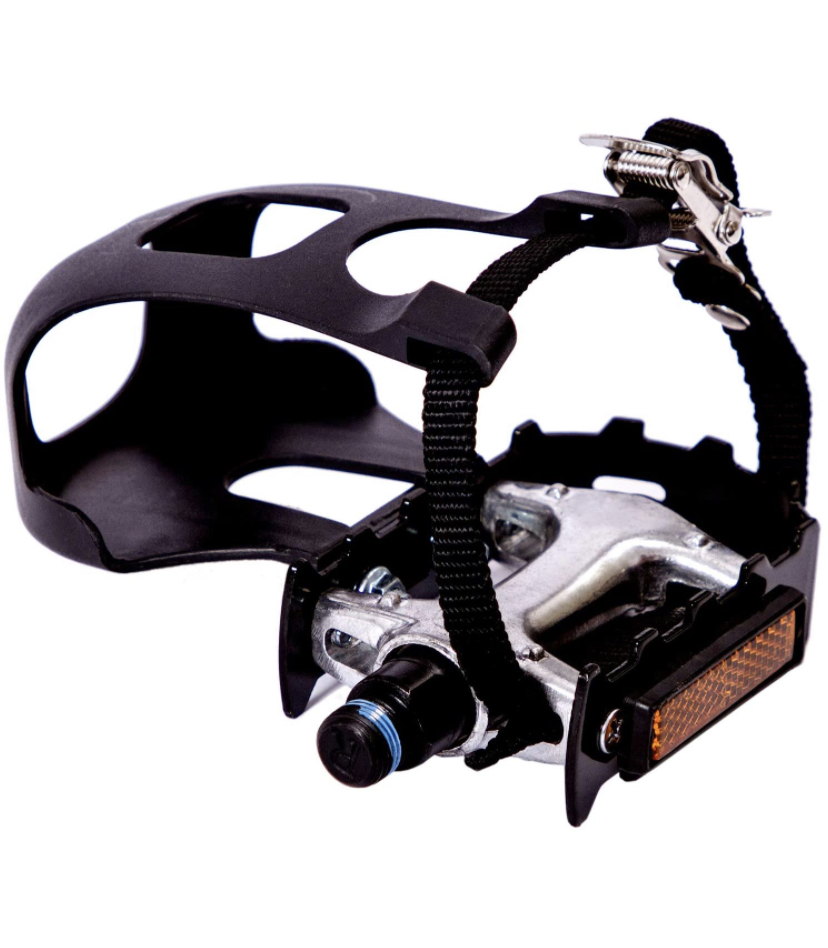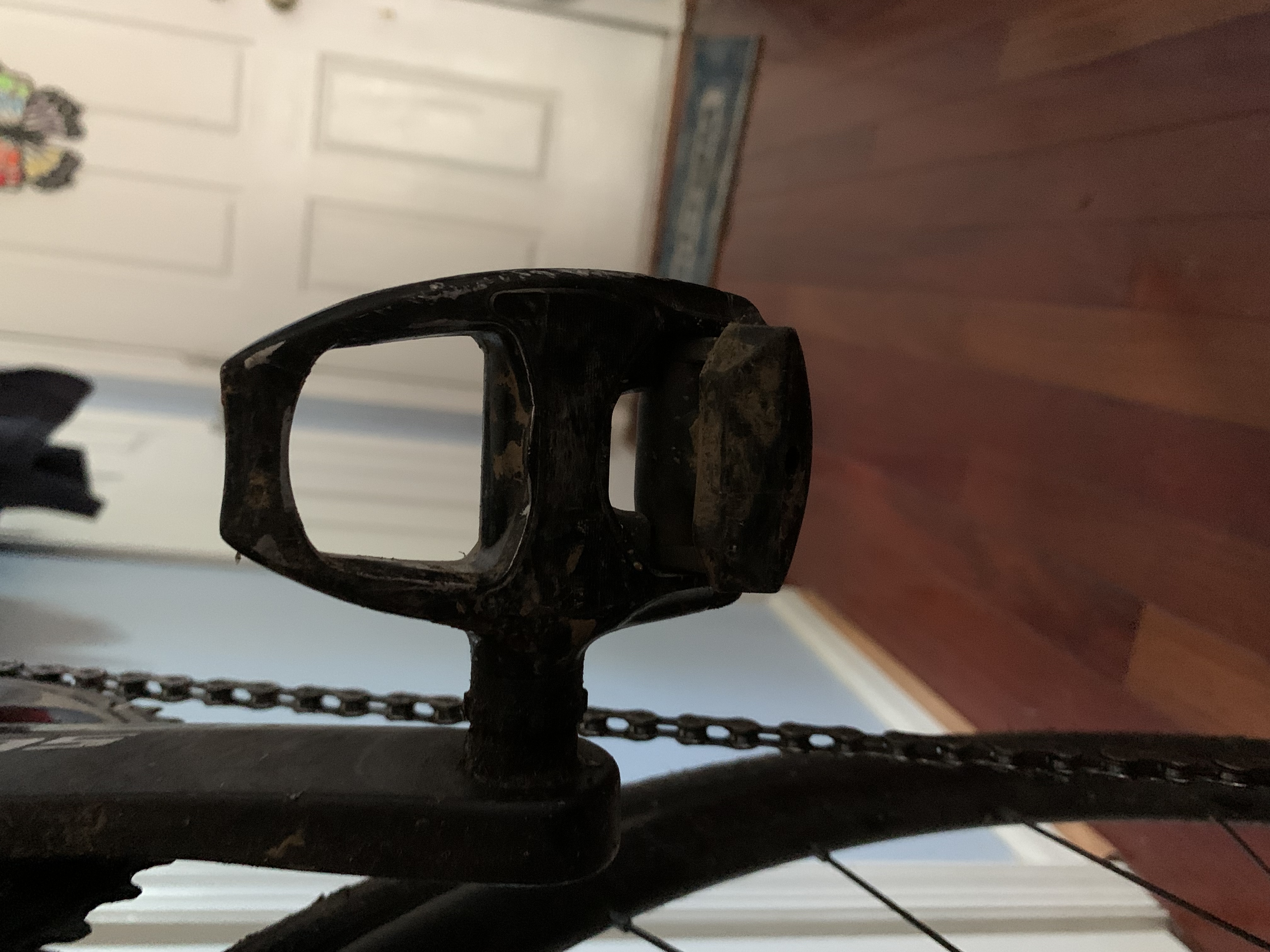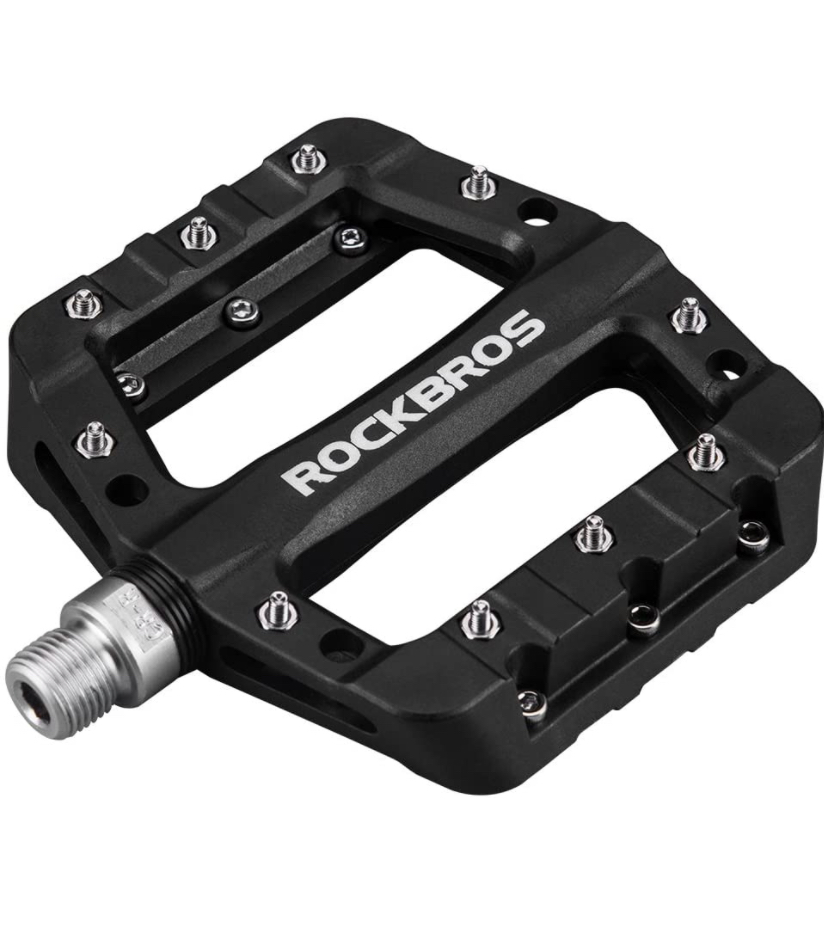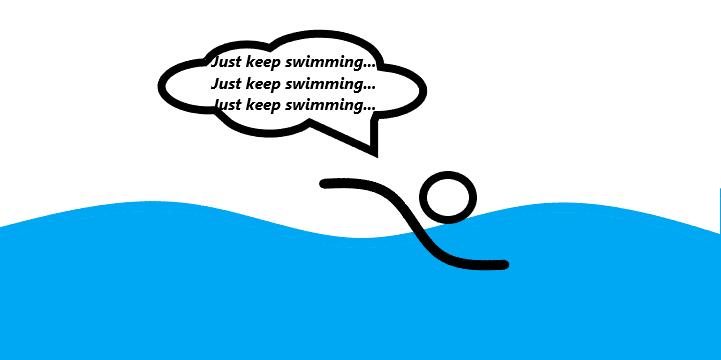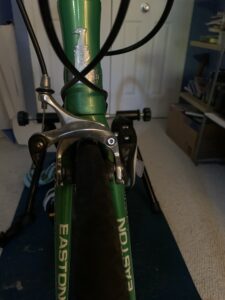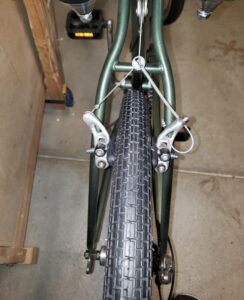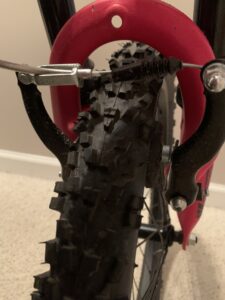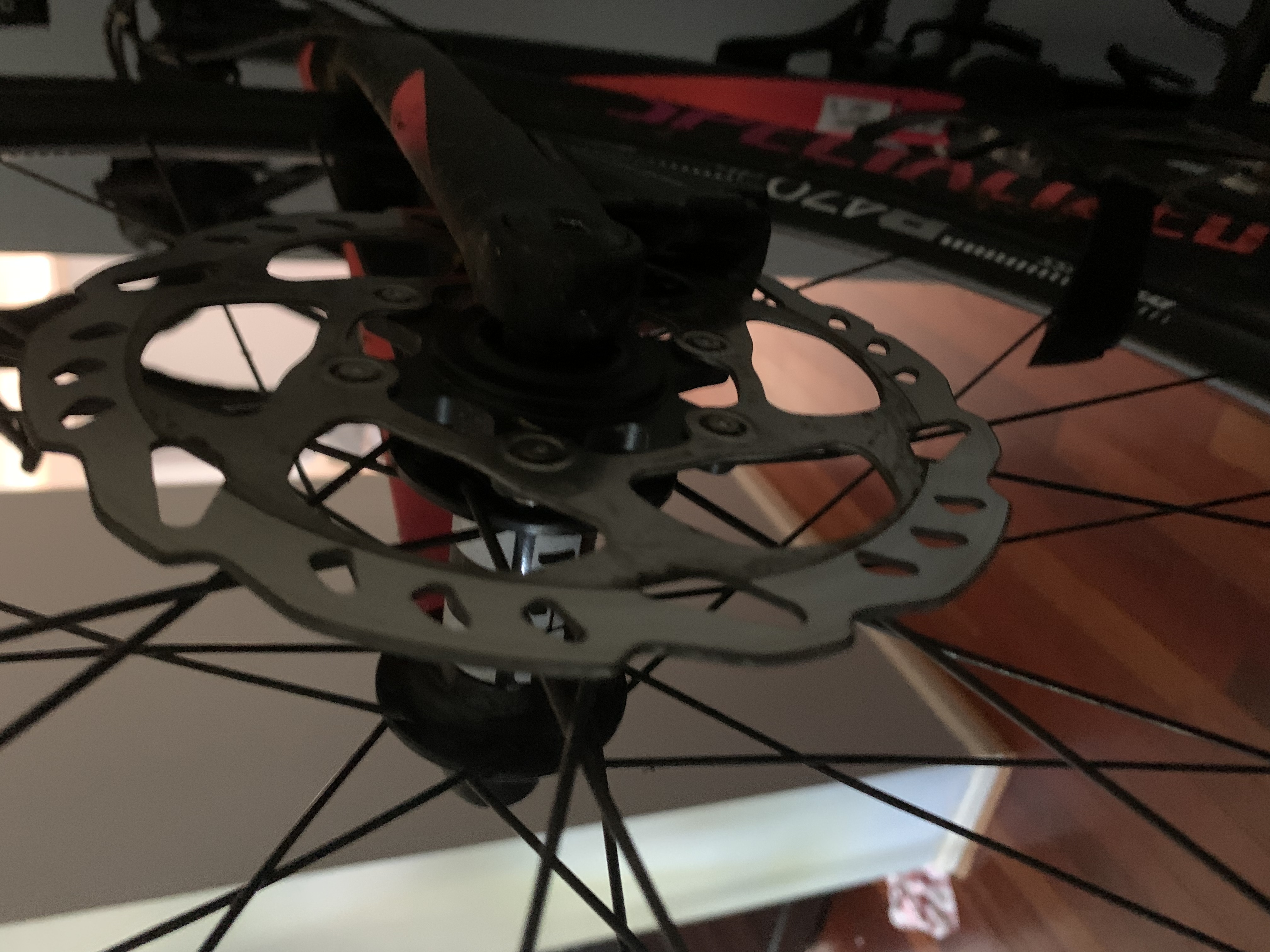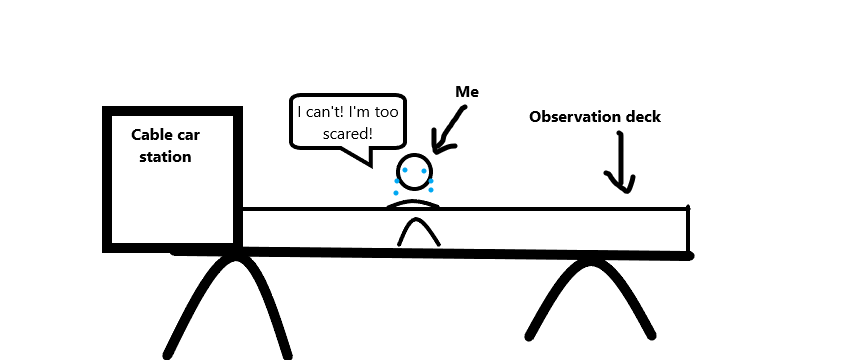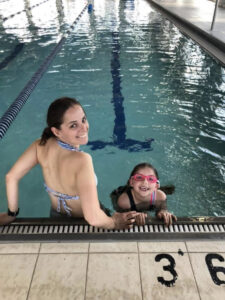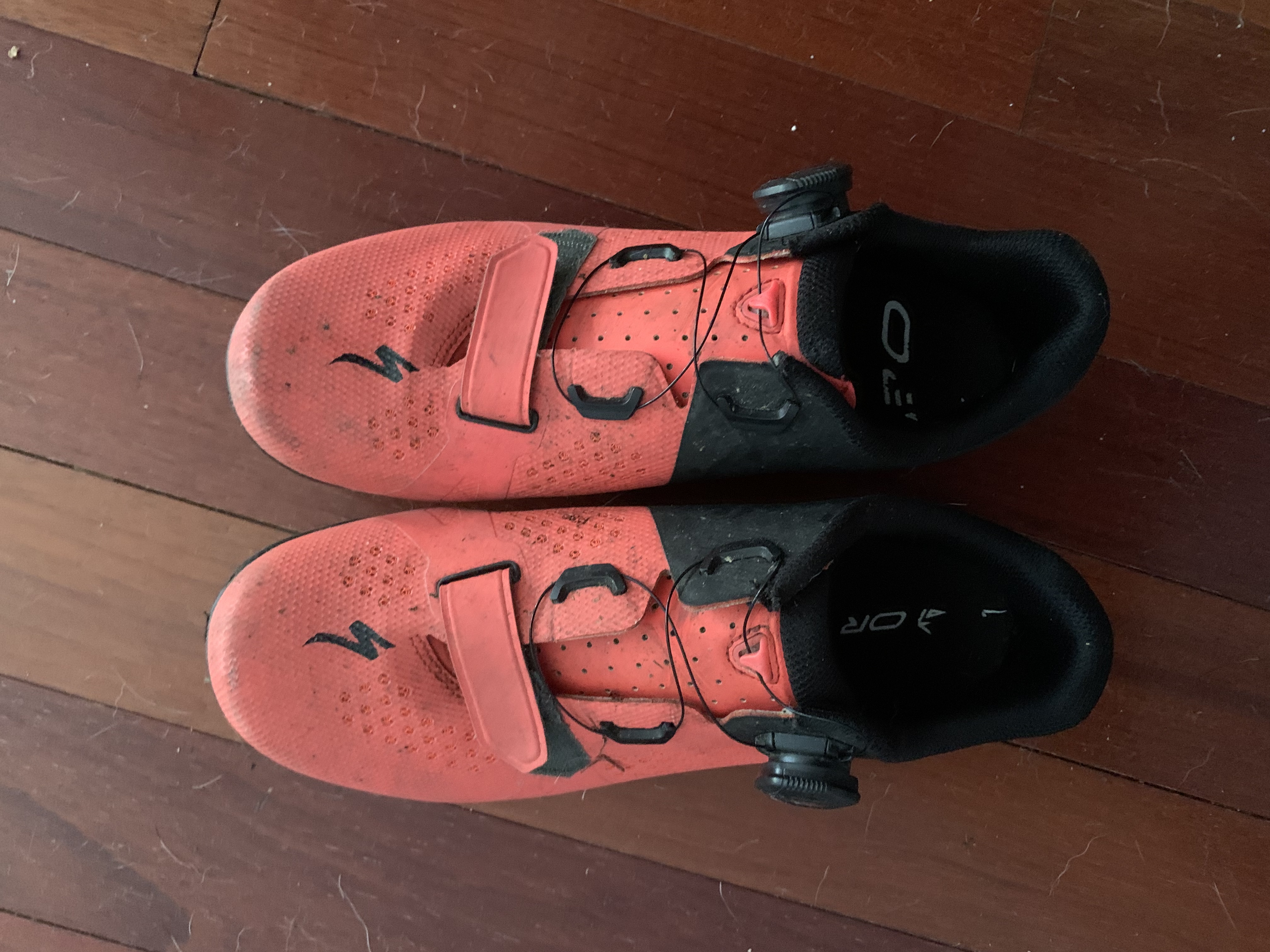
Since last time I wrote about bike pedals and you should buy them in a bundle with shoes, it seems only right to talk about the footwear this week.
Important: there are no uniform cleats, so your old shoes may not match your new pedals and when you replace your old shoes, you have to pay attention that they match cleats. Fortunately, for most part, bike shoes come without cleats attached and you can order them separately. This way, if you find the most gorgeous shoes you have ever seen, you can make sure they will match your pedals.
Now about the actual footwear. Cycling shoes tend to be small, closely mimicking shape of your foot – this way, they create minimum drag. They also have stiff soles, so you can maximize power transfer when cycling.
Road bike shoes
Ah, the sleek cycling shoes! Since they are very form-fitting, they look pretty cute even in large sizes (as a woman with large feet, I have a lot of feelings on this subject). Their top priority is helping you use all your power and care little about all else. This means that they are very stiff and attach to the pedal with as much surface as possible. Road bike shoes are also well ventilated, light-weight and low profile. On the down side, the cleats stick out. Doesn’t sound that bad? Try walking on tile surface in them. You will be impersonating a tap dancing duck 😆. But seriously: these guys have one purpose and one purpose alone – making you the fastest cyclist you can be. All else is disregarded. It is a benefit when you’re planning to bike for many hours and then return home. If you need to hop on the train or walk into a restaurant, protruding cleats can get annoying. BTW: they provide like zero insulation for the cold, so if you plan on riding in freezing weather conditions, invest in shoe covers and warm socks.
Mountain bike shoes
Since mountain biking tends to involve more hopping (or falling 😅) off a bike, your mountain bike shoes are easier to detach from the pedal. They still have stiff soles to help you use more power, but they are a bit softer, with rubbery tread and recessed cleats, so you can walk like a normal person. Mountain bike shoes may not be top choice for a 100 mile road race, but they are awesome for mountain biking (like the name suggests), commuting and running errands – still help your ride, but without compromising your ability to function off bike.
Use of other footwear
If you’re going with either toe cages or flat pedals, you have a lot more flexibility. Although still, please don’t ride in flip-flops… That’s just dangerous!
Yes, you can ride your bike in sneakers. Or sandals. Or hills if you really insist. For these choices, your main question should be: what is the purpose of my biking? Well, or if you are a newbie. If you are just starting out, you may not be comfortable clipping into your bike. I know it took me a while to make that switch. Also, if you’re going to just ride down the street to the store or a coffee shop, why not settle for more stylish and comfy footwear? If you’re planning to be a casual rider, go ahead, enjoy your regular shoes. Nothing wrong with that!
Note on sizing
Like with running shoes, biking shoes should have some room left when you squeeze in your foot, albeit for a different reason. When your footwear is clipped into the pedals, you can only shift your foot as much as the room inside of the shoe allows. Tight fit may become uncomfortable and lead to cramping. On the other hand, this is not running – your feet won’t swell up as much as during running.
Go look for your perfect shoes (everybody gets shoe shopping thing, right?) and I will see you on the trails!
